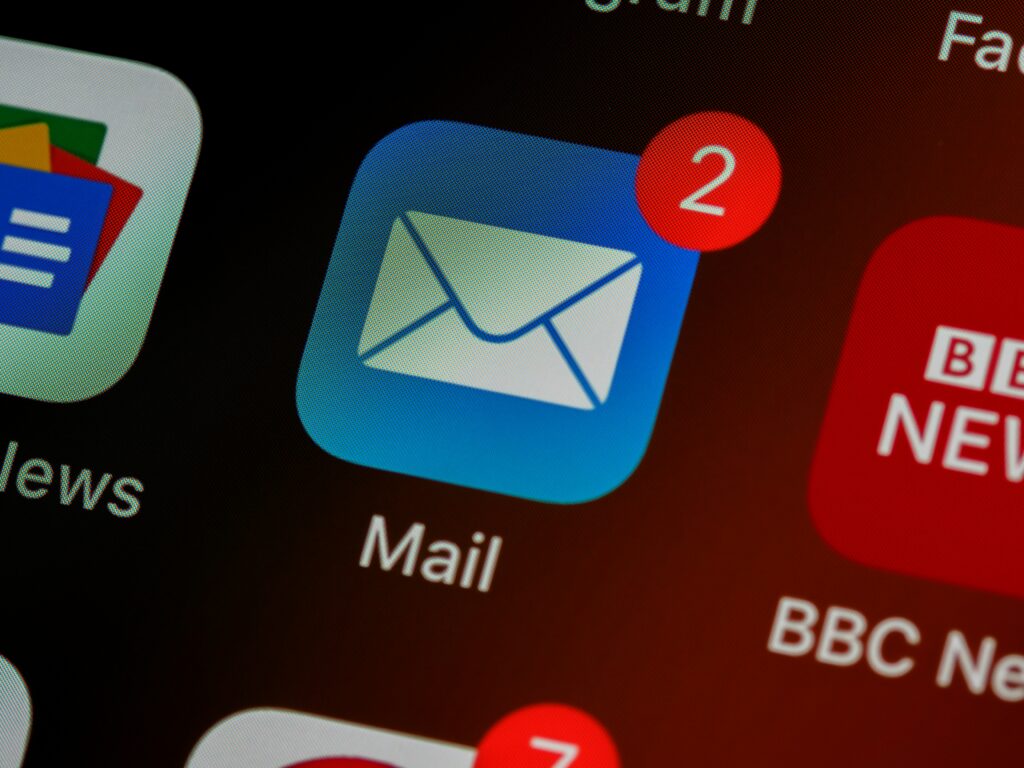email marketing involves using email to attract, engage, and communicate with potential and existing customers. it is a form of direct marketing because it sends emails directly to a person’s inbox.
it helps in targeted communication and relationship building,
in this article, we’ll discuss what email marketing is and why it’s so effective.

what is email marketing?
a brief history of email
advantages of email marketing
disadvantages of email marketing
email marketing types and examples
— welcome emails, newsletter emails, lead nurturing emails, confirmation emails, dedicated emails, invite emails, promotional emails, survey email, seasonal marketing emails, and interactive emails.
email marketing best practices
— don’t buy email lists, be aware of national (and international)) email regulations, use email to have a conversation with your customers, only send when you really need to.
— a key best practice for improving email deliverability and engagement is maintaining a clean, segmented email list. regularly remove inactive subscribers, use double opt-ins to ensure quality sign-ups, and segment your audience based on behavior or preferences. this helps prevent your emails from being marked as spam and ensures you’re sending relevant content to the right people.
what is an email marketing strategy, and why does it matter?
what impact do marketing automation and ai have on email marketing?
email marketing automation benefits
how to measure an email marketing campaign’s success?
open rate, click-through rate (ctr), conversion rate, unsubscribe rate, forwarding rate, list growth rate, bounce rate.
advantages and disadvantages of email marketing —
advantages —
targeted: this lets you create personalized emails based on audience needs.
cost-effective: an affordable, high roi strategy suitable for large and small businesses.
scalable: easy to scale your campaign as you grow.
measurable: allows for easy performance tracking through open and click through rates.
direct communication: personal emails allow businesses to build trust more easily with comnsumers.
disadvantages —
spam folders: if an email gets marked as spam, this is revenue down the drain.
content overload: consumers receive hundreds of emails every week, making it hard to stand out.
attention span: consumers may skim through emails quickly, making it challenging to convey your value proposition.
design challenges: due to email formatting, there are fewer opportunities for creative designs.
resources: creating high-quality emails that stand out requires time and resources.
how to effectively use email markting:
define your audience, set goals, choose an email marketing platform, determine campaign type, build an email list, segment your list, create your email, test your email, measure your results.
the importance of email marketing compliance